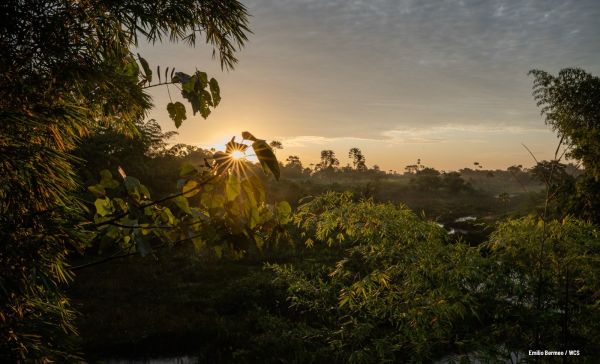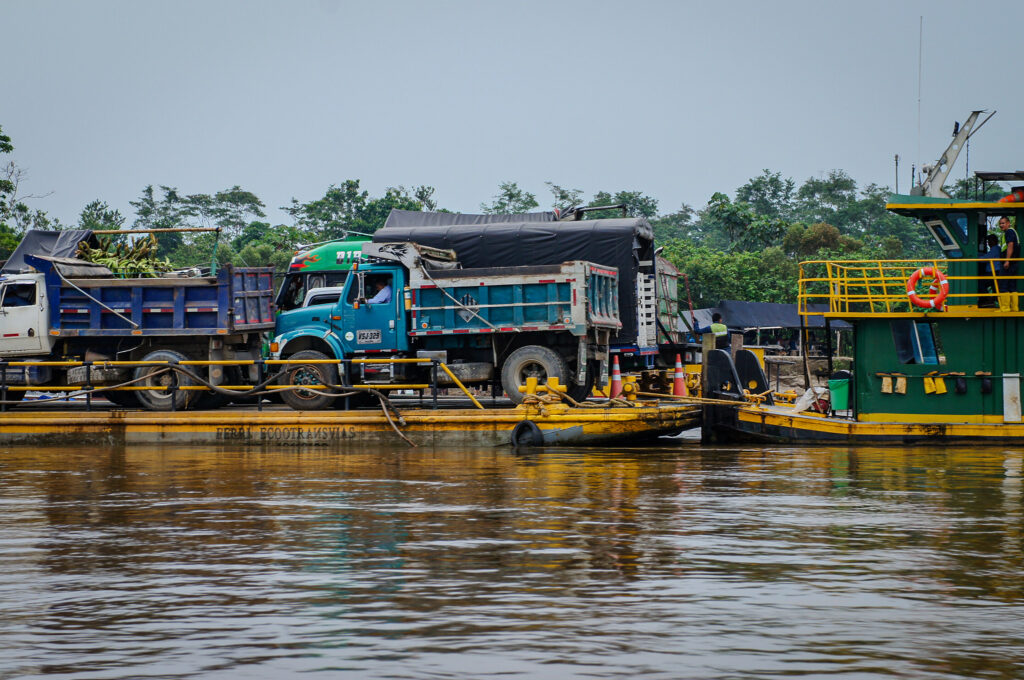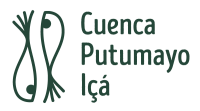Illegal Gold Mining in the Putumayo-Içá Basin: Impacts and Conservation Challenges

🌿 Download the full report here
At the heart of the Amazon, the Putumayo-Içá Basin spans Colombia, Ecuador, Peru, and Brazil, harboring an extraordinary diversity of species and Indigenous communities that rely on its natural resources. However, this ecosystem faces a growing threat: illegal gold mining.
To better understand this issue and its impacts, the GEF Integrated Management of the Putumayo-Içá Basin Project, executed by Wildlife Conservation Society (WCS) for Brazil, Colombia, Ecuador, and Peru, presents the report “Context of Illegal Gold Mining in the Putumayo-Içá Basin”, authored by Dr. Héctor González Rubio.
This report provides an in-depth analysis of the expansion of illegal mining in the region, its effects on ecosystems and local communities, and the strategies proposed to mitigate its impacts.
Why Is This an Urgent Problem?
Gold mining in the Putumayo-Içá Basin has expanded exponentially over recent decades, driven by the global demand for gold and the lack of state presence in these remote areas. But its impact is devastating:
✅ Mercury contamination in water: Many communities have mercury levels in their blood up to 150 times higher than those recommended by the World Health Organization (WHO), seriously affecting the health of Indigenous populations who depend on fishing.
✅ Accelerated deforestation: Recent data indicates that more than 1.9 million hectares have been deforested in the Amazon due to gold mining over the past five years.
✅ Threats to ecosystems and biodiversity: Sedimentation and pollution directly impact aquatic species and the integrity of river ecosystems.
✅ Social and economic consequences: Illegal mining fuels conflicts, violence, and organized crime networks, endangering community security and livelihoods.
The Illegal Gold Mining Supply Chain
The report also details how illegal gold mining operates in the region, from rudimentary extraction methods to its commercialization in international markets. It highlights that armed groups control much of the activity, imposing illegal taxes and using gold as a currency to finance illicit operations.

Addressing the Issue
The GEF Putumayo-Içá Project is actively working to mitigate mercury contamination and other pollutants through four key strategies:
🔹 Assessing mercury contamination to establish a baseline and understand the extent of the problem.
🔹 Identifying priority sites and pilot locations for monitoring, allowing targeted action in the most affected areas.
🔹 Developing an early warning system to detect and respond to mercury pollution incidents in the basin.
🔹 Implementing restoration and remediation activities to rehabilitate contaminated ecosystems and promote sustainable solutions.
These initiatives are part of the ongoing subproject calls, which seek innovative solutions to restore ecosystems and strengthen environmental governance in the region.
A Regional Effort for Conservation
The report highlights the urgent need for regional cooperation among the countries of the basin to tackle illegal mining effectively. The GEF Putumayo-Içá Project aligns with international efforts such as the Minamata Convention on Mercury, promoting stricter regulations and strategies to reduce pollutants in the Amazon.
📌 Download the full report here
📢 Share this article to raise awareness of this critical issue and support conservation efforts in the Putumayo-Içá Basin.



